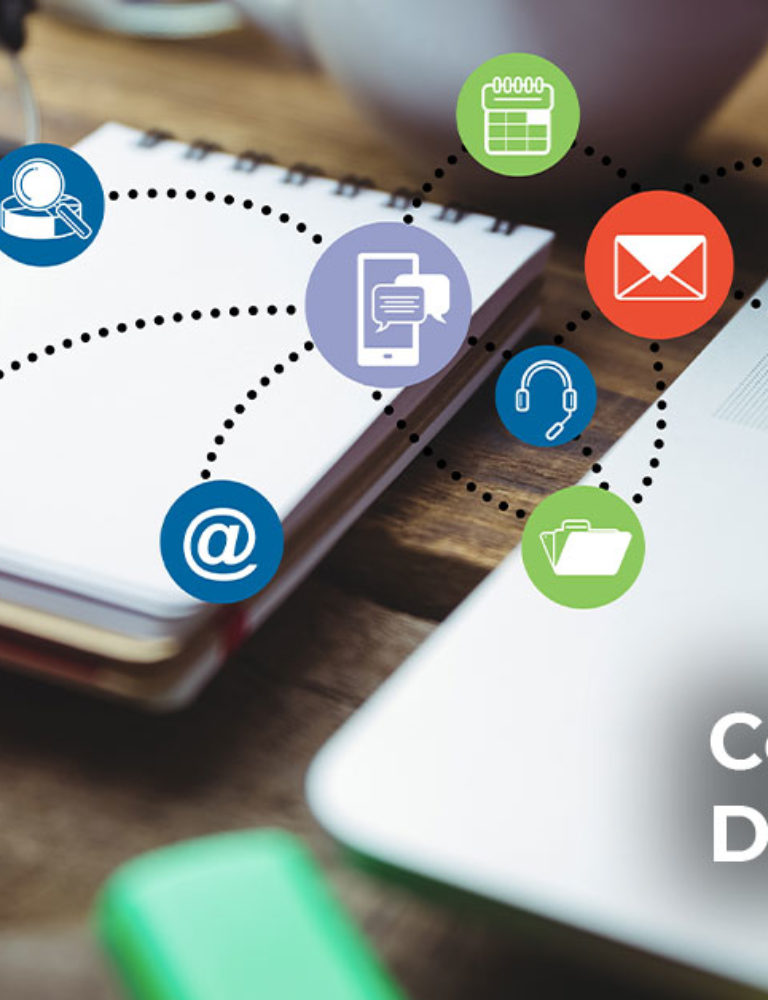Educational technology is advancing with each passing day and is not limited to schools and higher education institutions. Educational technology is rapidly evolving, extending beyond traditional classrooms to revolutionize learning across industries and age groups.
From schools to corporate training, digital resources are reshaping how people acquire knowledge and skills, offering flexibility and interactivity unparalleled by traditional methods.
For K12learners, digital textbook platforms like KITABOO provide immersive experiences, fostering collaboration and personalized learning. This platform caters to the diverse needs of students, offering interactive multimedia elements, adaptive learning features, and real-time assessments.
Table of Contents:
I. Understanding Digital Content in Global K12 Education
II. Benefits of Digital Content in Global K12 Education
- Inclusive Learning Environments in K12 Education
- Improved Learning Outcomes
- Personalized Learning Experience
- Collaboration and Communication
- Enhanced Digital, Academic, and Literacy Skills
III. Strategies for Implementing Digital Content in Global K12 Education
- Adopt the Latest K12 Digital Resources and Trends
- Use School Management Software
- Utilize Student Information Systems
- Opt for Digital Learning Platforms
- Use Big Data for Tracking Performance
- Embrace AI for Assessment and Analysis
IV. Wrapping Up
Understanding Digital Content in Global K12 Education
Digital content refers to the plethora of sources and options that offer massive amounts of learning content for K12 educational purposes.
Students can conduct research on the internet, watch educational videos, and utilize digital textbook platforms like KITABOO to access K12 digital resources.
Here are some of its characteristics:
- Digital content also includes designed courses, eTextbooks, workbooks, subject-specific ebooks, audiobooks, and learning materials that can be used anytime and anywhere.
- It incorporates features like mobile learning, active participation, and gamification.
- K12 digital learning courses through learning platforms offer immense interactivity and engagement. This is done using charts, diagrams, elaborate explanations of complex topics, practical solutions, infographics, and case studies.
- It dismantles geographical barriers and rigid schedules.
- Students can avail themselves of learning materials and sessions from any location with internet connectivity.
- It grants K12learners the flexibility to learn at their own pace and convenience.
- It proves particularly beneficial for students with disabilities or those situated in remote areas where attending traditional classrooms may pose challenges.
Benefits of Digital Content in Global K12 Education
Here are the top benefits of digital content in global K-12 education:
1. Inclusive Learning Environments in K12 Education
Digital accessibility ensures that all students, irrespective of their abilities, can actively participate and engage in the learning process.
It encourages an inclusive classroom setting where every student enjoys equitable access to educational materials, resources, and technology. Digital accessibility eradicates barriers and extends equal opportunities to all students, regardless of their physical or cognitive capabilities
2. Improved Learning Outcomes
By furnishing accessible digital content, K12 education empowers students to access information in diverse formats, such as text, audio, or video, catering to varied learning styles. This adaptability augments comprehension, engagement, and overall learning outcomes, thereby enhancing academic performance.
3. Personalized Learning Experience
Digital content in global K12 education facilitates personalized learning by allowing educators to modify content and deliverables according to their unique needs and preferences.
Students can also alter the way they consume content. They can use eBook libraries and carry a stock of materials with them anywhere. They can adjust reading settings on eBook Reader apps that allow them to read and learn at their convenience.
4. Collaboration and Communication
Digital tools offer a platform for collaboration and communication among stakeholders like students, teachers, and parents.
There are various discussion forums, collaborative workspaces, and video conferencing that eliminate geographical barriers, and empower students to collaborate on projects with peers from around the globe. They can engage in face-to-face interactions with stakeholders for a dynamic exchange of ideas and cultures.
5. Enhanced Digital, Academic, and Literacy Skills
Integrating digital content into K12 education develops digital literacy skills among students. Through educational technology, students gain knowledge about design principles, the practicality of STEM-based subjects, and fair technology utilization.
Interactive features make digital and academic concepts more captivating, and K12learners can choose their preferred paths and access materials that resonate with them. Online assessments, games, tests, and quizzes help prompt feedback and help students identify areas of improvement.
Strategies for Implementing Digital Content in Global K12 Education
Before you start implementing and utilizing digital content through eLearning platforms, understand the goals and objectives for K12 digital learning initiatives.
Here are some key strategies that you can employ:
1. Adopt the Latest K12 Digital Resources and Trends
To encourage a more practical learning environment for K12learners, the education industry must keep its content updated according to student demands, and the latest standards.
The top eLearning trends for K12 Education are
- Flipped Classroom Approach
- Audiobooks
- Digital Content Libraries
- Social Media Platforms
- Simulation Games
- Augmented Reality and Virtual Reality
- Interactive Video-Based Lectures
- Mobile Learning
- Personalized Learning Modules
2. Use School Management Software
Implement school management software to streamline administrative tasks like attendance tracking and resource allocation. Use proper cloud-based solutions like KITABOO to access various eBooks, and libraries and to enhance K12 Learning efficiency.
3. Utilize Student Information Systems
Utilize student information systems to centralize and manage student data effectively, help data-informed decision-making, and manage effective distribution of content. Such platforms capture student data and optimize educational outcomes.
4. Opt for Digital Learning Platforms
Digital learning platforms make it easier to access and deliver digital content to students. Choose platforms that offer features such as interactive multimedia elements, adaptive learning, real-time assessments, and collaborative tools.
Incorporate user-friendly platforms like KITABOO to facilitate online and blended learning experiences. This way, educators can seamlessly integrate digital content into their lessons, providing students with engaging and interactive learning opportunities.
5. Use Big Data for Tracking Performance
Utilize the best platforms to analyze datasets and provide insights into student and faculty performance. Successful implementation of these technologies supports better decision-making and enhances educational outcomes.
Moreover, educational institutions handle sensitive information, such as student records and personal details, making data security paramount. Use platforms that employ DRM to implement measures like encryption, two-factor authentication, and regular data backups to safeguard this information.
6. Embrace AI for Assessment and Analysis
The adoption of generative AI for assessment and analysis is on the rise, with technology proving its efficacy in practical applications. Predictions indicate that AI integrations with automated solutions, including digital learning platforms, will continue to advance, enhance productivity, and reshape the educational landscape. Modern digital platforms help in:
- Addressing infrastructure needs, selecting appropriate digital tools, and integrating technology into the curriculum.
- They further provide training opportunities and offer support to facilitate successful digital transformation.
- Regularly assess the progress of digital learning initiatives and gain feedback from staff and students
- Make necessary adjustments to optimize outcomes.
- Promote flexibility to change to ensure that digital learning continues to meet the modern and updated needs of the industry and stakeholders effectively.
Wrapping Up
The pervasive influence of digital eLearning platforms and the widespread availability of digital content in global K12 Education signify a transformative shift toward inclusivity in learning.
Such opportunities enhance learning outcomes and ensure equal opportunities for all students in K12 Schools. They also enhance academic and literacy skills, which prepare students for a career-prospective and technology-driven future.
Digital textbook platforms like KITABOO prioritize inclusive learning and content-distribution approaches that present an opportunity to create more engaging learning experiences. With this platform, you can seamlessly integrate interactive multimedia elements, adaptive learning features, and real-time assessments, catering to diverse learning needs and preferences.
Contact us for further details!
Discover How An Ebook Conversion, Publishing & Distribution Platform Can Help You
Kitaboo is a cloud-based content platform to create-publish & securely distribute interactive mobile-ready ebooks.
You May Also Like
-
Role of Social-Emotional Learning in 2022
Blog,Digital Publishing,eBook solution,Education Technology / September 16, 2022








